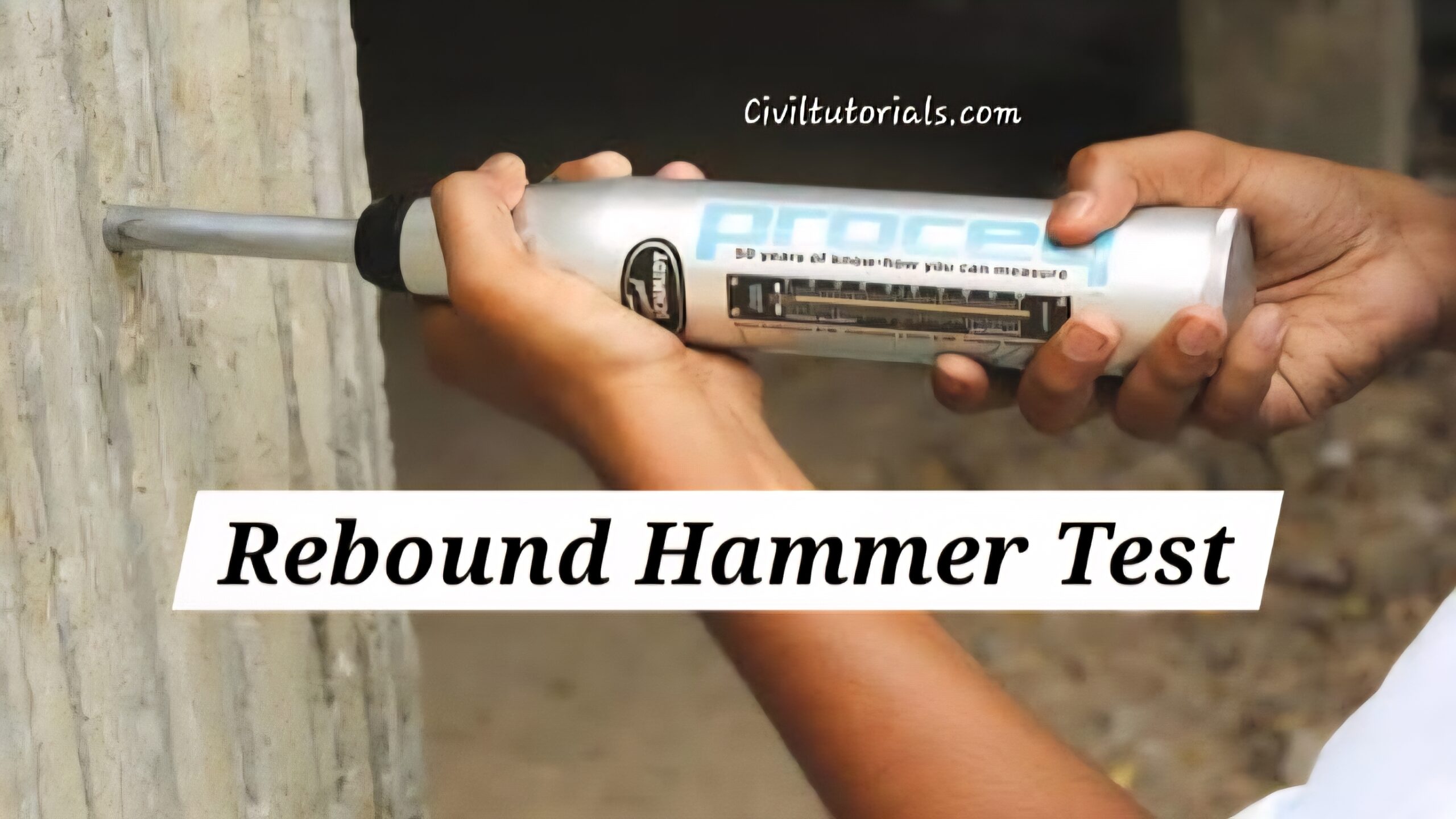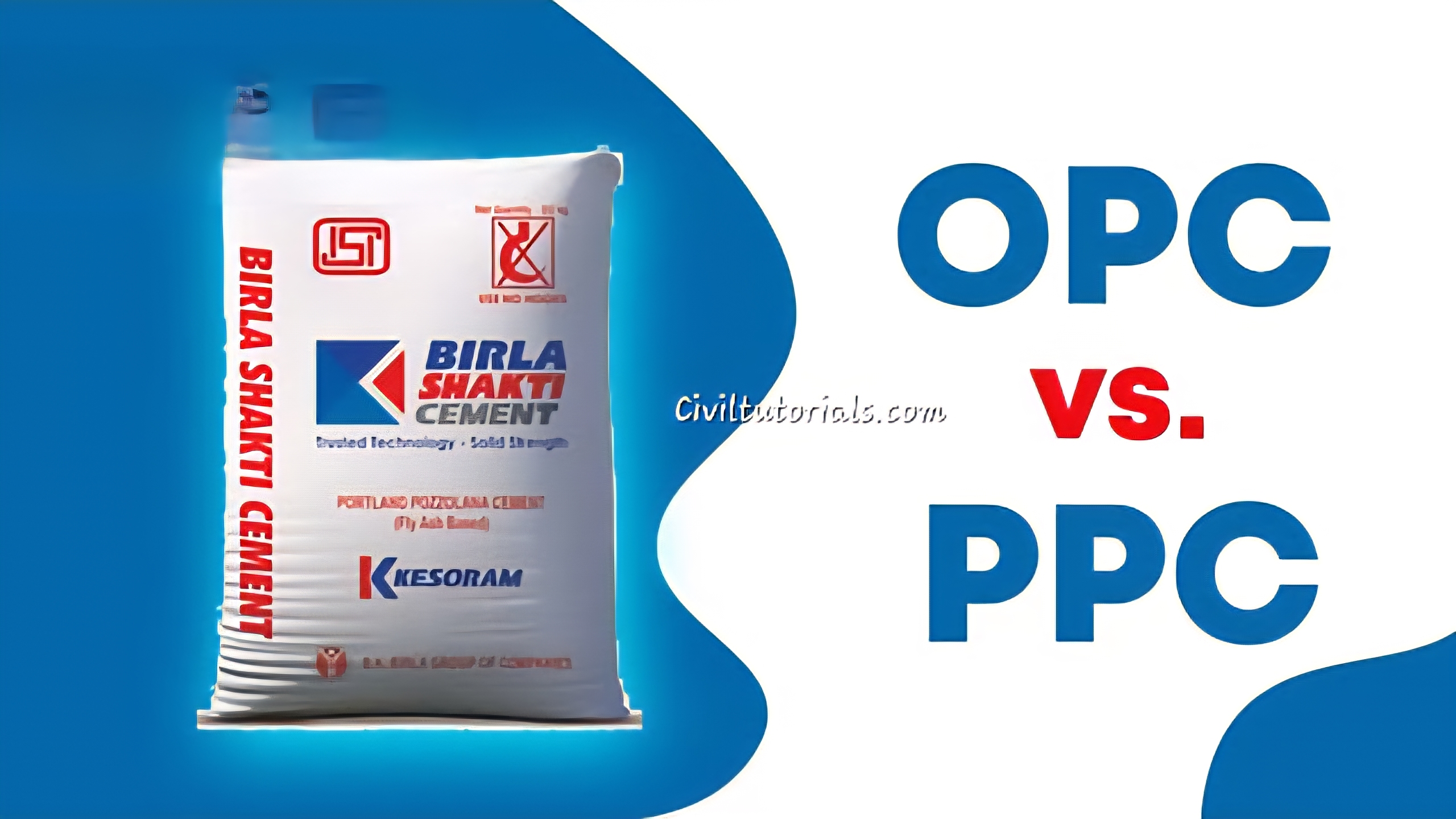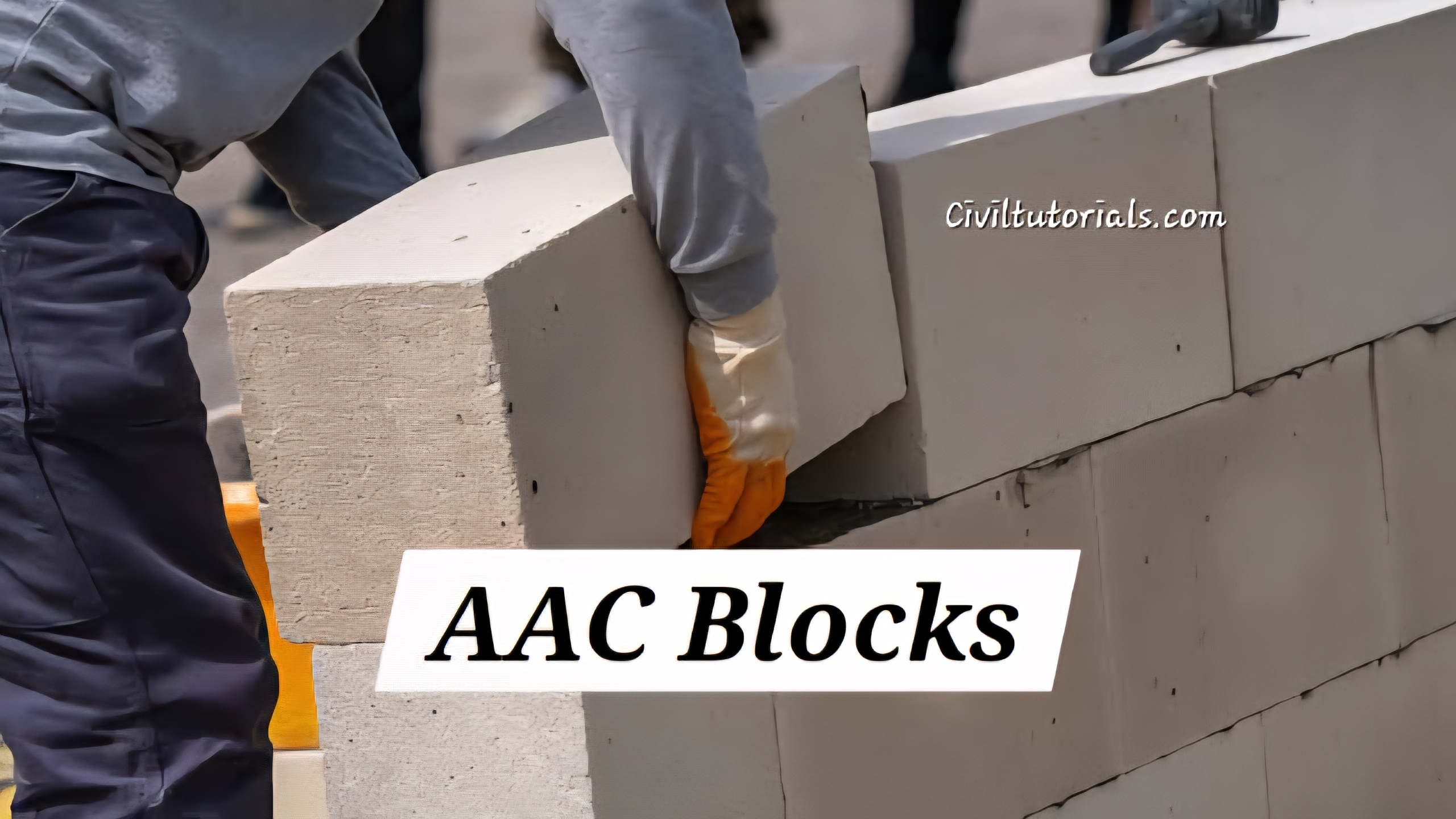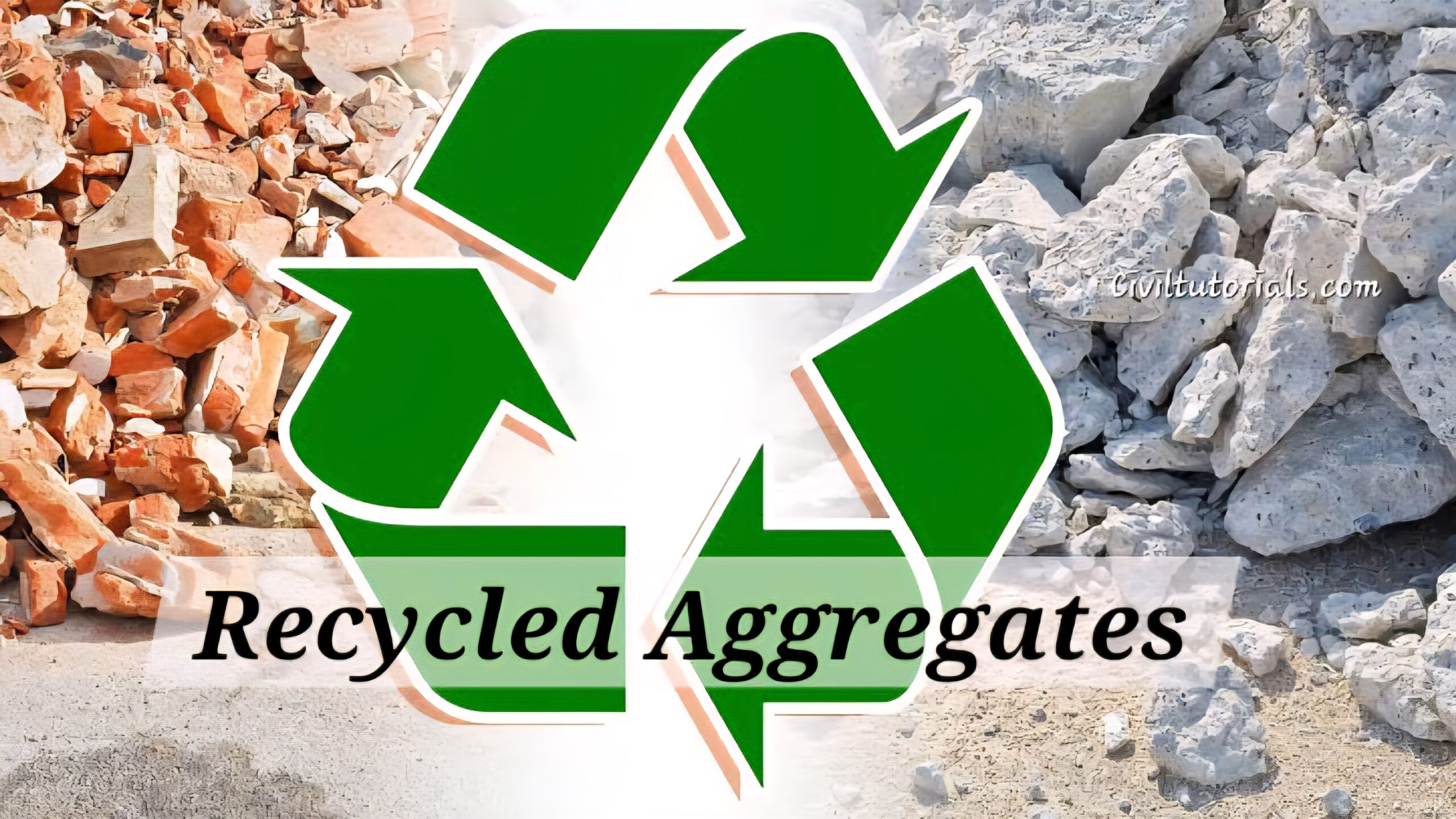A pier foundation is a type of deep foundation that uses vertical columns, or piers, to transfer a building’s load to the ground below. These foundations are especially useful in areas where the surface soil isn’t strong enough to support traditional shallow foundations. By extending deep into the earth, pier foundations reach stable strata, providing a strong and durable base for various types of structures.
What Is a Pier Foundation?
A pier foundation consists of vertical structural elements made from concrete, masonry, steel, or wood. These piers are embedded deep into the ground and spaced at calculated intervals to support the weight of a building or structure. Unlike slab or footing foundations, a pier foundation doesn’t rely on a full concrete base; instead, it uses these vertical members to transfer loads to deeper, more stable soil or rock layers.
Types of Pier Foundations
There are several different types of pier foundation systems, each suited to specific conditions and construction needs.
Masonry Pier Foundation
Masonry piers are built using bricks, stones, or concrete blocks. They are ideal for light structures and areas with good drainage.
Key characteristics:
- Economical for small buildings
- Suitable for moderate soil conditions
- Limited load-bearing capacity
Concrete Pier Foundation
Concrete piers are either precast or poured on-site. They offer excellent strength and are widely used for residential and commercial buildings.
Key characteristics:
- High durability and strength
- Ideal for heavy structures
- Resistant to weather and decay
Drilled Pier Foundation
Also known as caissons, drilled piers are formed by drilling a hole and filling it with reinforced concrete. They are used for deep foundations and large structures.
Key characteristics:
- Deep penetration into stable strata
- High load-bearing capacity
- Suitable for tall or heavy buildings
Timber Pier Foundation
Timber piers are made from treated wood and are commonly used for temporary or light structures. They are cost-effective but have a limited lifespan.
Key characteristics:
- Economical for short-term use
- Requires regular maintenance
- Not suitable for heavy loads
Steel Pier Foundation
Steel piers are driven or screwed into the ground and often used in foundation repair or areas with extremely poor soil.
Key characteristics:
- Quick installation
- High load capacity
- Ideal for unstable or shifting soils
Construction Process of Pier Foundation
Understanding the construction process helps ensure the right design and execution for a durable pier foundation.
Step-by-Step Guide
- Soil Testing: Analyze soil to determine depth and type of pier needed
- Design Planning: Calculate spacing, size, and depth based on load requirements
- Excavation/Drilling: Bore holes to the desired depth using mechanical drills or augers
- Pier Installation: Place formwork and reinforcement before pouring concrete or installing piers
- Curing and Finishing: Allow concrete to cure fully before proceeding with superstructure
Advantages of Pier Foundation
A pier foundation offers numerous benefits, making it a popular choice in specific construction scenarios.
Suitable for Weak or Expansive Soils
Pier foundations bypass weak surface soils and transfer the load to deeper, stronger layers, ensuring stability even in poor conditions.
Reduced Excavation Work
Since only specific locations are excavated for piers, the amount of digging is less compared to full slab or footing foundations.
Cost-Effective for Small or Light Structures
For structures like porches, sheds, or cabins, pier foundations can be more economical and faster to build.
Elevated Structures
Piers lift the building above ground, reducing the risk of water damage and improving air circulation underneath.
Flexibility in Terrain
Ideal for sloped or uneven sites, pier foundations can be adjusted in height to provide a level base without extensive grading.
Disadvantages of Pier Foundation
Like any foundation type, pier foundations have their limitations.
- Limited Load Capacity: Not suitable for extremely heavy buildings unless reinforced
- Pest Intrusion: The crawl space may attract insects or rodents
- Moisture and Ventilation Issues: Improper sealing or poor airflow can lead to mold or rot
- Settlement Risk: If piers are not properly installed, they may shift or settle unevenly
Common Uses of Pier Foundations
Pier foundations are widely used in both residential and commercial settings, especially where traditional foundations are impractical.
Residential Homes
Small houses and cabins often use pier foundations to reduce costs and adapt to varied terrain.
Decks and Porches
Decks and porches benefit from pier systems due to ease of installation and minimal ground disruption.
Temporary Buildings
Construction trailers, mobile offices, or seasonal structures are often placed on timber or steel piers.
Coastal Buildings
In flood-prone or coastal areas, elevated pier foundations keep buildings safe from water intrusion.
Bridges and Piers (Marine Structures)
In civil engineering, large concrete or steel piers are used to support bridges, docks, and marine platforms.
Pier Foundation vs. Other Foundation Types
| Feature | Pier Foundation | Slab Foundation | Pile Foundation |
|---|---|---|---|
| Depth | Medium to Deep | Shallow | Very Deep |
| Load Capacity | Moderate to High | Low to Moderate | Very High |
| Terrain | Uneven/sloped | Flat only | Poor or saturated |
| Cost | Moderate | Low | High |
| Accessibility | Good (elevated) | Poor (embedded) | Poor |
| Ideal Use | Homes, decks, repairs | Basements, garages | High-rise buildings |
Key Considerations Before Choosing Pier Foundations
Choosing the right foundation requires assessing several important factors:
- Soil Condition: Pier foundations are best when the surface soil lacks strength but deeper layers are stable
- Load Requirements: Heavier structures need reinforced or drilled piers
- Budget Constraints: Timber and masonry piers are cost-effective for light structures
- Water Table and Drainage: Avoid moisture accumulation with proper ventilation and sealing
- Accessibility Needs: Crawl space beneath the building offers easy utility access
Maintenance Tips for Pier Foundations
To ensure longevity and performance, regular maintenance of a pier foundation is essential.
- Check for Settling: Inspect floors and walls for uneven settling or cracks
- Control Moisture: Ensure proper drainage and ventilation around piers
- Seal Crawl Space: Use vapor barriers and screens to keep out pests and dampness
- Monitor Load Transfer: Ensure beams and joists are properly aligned and supported
- Schedule Inspections: Annual inspections help detect early signs of structural problems
FAQs About Pier Foundation
What is the difference between a pier and a pile foundation?
Pier foundations are drilled or dug and then filled with material, while pile foundations are driven or screwed into the ground. Piles go deeper and support much heavier loads.
How deep should a pier foundation be?
Depth varies based on soil and load but generally ranges from 5 to 30 feet. In weak soils, piers may need to reach bedrock.
Can pier foundations be used in flood-prone areas?
Yes, they are ideal for flood-prone areas as they raise the structure above the flood level.
Are pier foundations permanent?
Yes, when constructed with durable materials like concrete or steel, they provide long-term support.
Is a pier foundation cheaper than a slab?
For small or elevated structures, pier foundations can be more cost-effective. For larger buildings, costs may be comparable or higher.
Benefits Recap of Pier Foundation
Here’s a summary of the main advantages of using a pier foundation:
- Adaptability to various site conditions
- Less excavation and material usage
- Elevated base improves ventilation and moisture control
- Cost-effective for light and medium loads
- Easier access for repairs and utilities
- Excellent in sloped, soft, or flood-prone areas
When to Use a Pier Foundation
Consider choosing a pier foundation when:
- Building on a slope or uneven terrain
- The soil has poor surface strength but solid layers below
- Construction is near coastal or flood-risk zones
- You need quick, cost-effective installation for light structures
- Easy maintenance and utility access are priorities
Final Thoughts on Pier Foundation
A pier foundation is a versatile and effective solution for many building types, especially in areas where soil conditions challenge traditional shallow foundations. With proper design, quality materials, and regular maintenance, pier foundations provide a long-lasting base that can adapt to environmental challenges and offer easy access for structural modifications. Whether you’re building a home, deck, or commercial structure, this foundation type delivers reliability, flexibility, and value.











